
Marvelous Moths of the Clackamas Watershed!
The Clackamas River Basin is teeming with a rich diversity of wildlife, including many species of moths. Often overshadowed by their butterfly cousins, moths play crucial roles in our ecosystem. In this blog post, we’ll introduce you to some of the native moths in the Clackamas Watershed, discuss the presence of any invasive species, and highlight the benefits that these often misunderstood insects provide. We’ll also debunk some common myths about moths.
Native Moths of the Clackamas Watershed
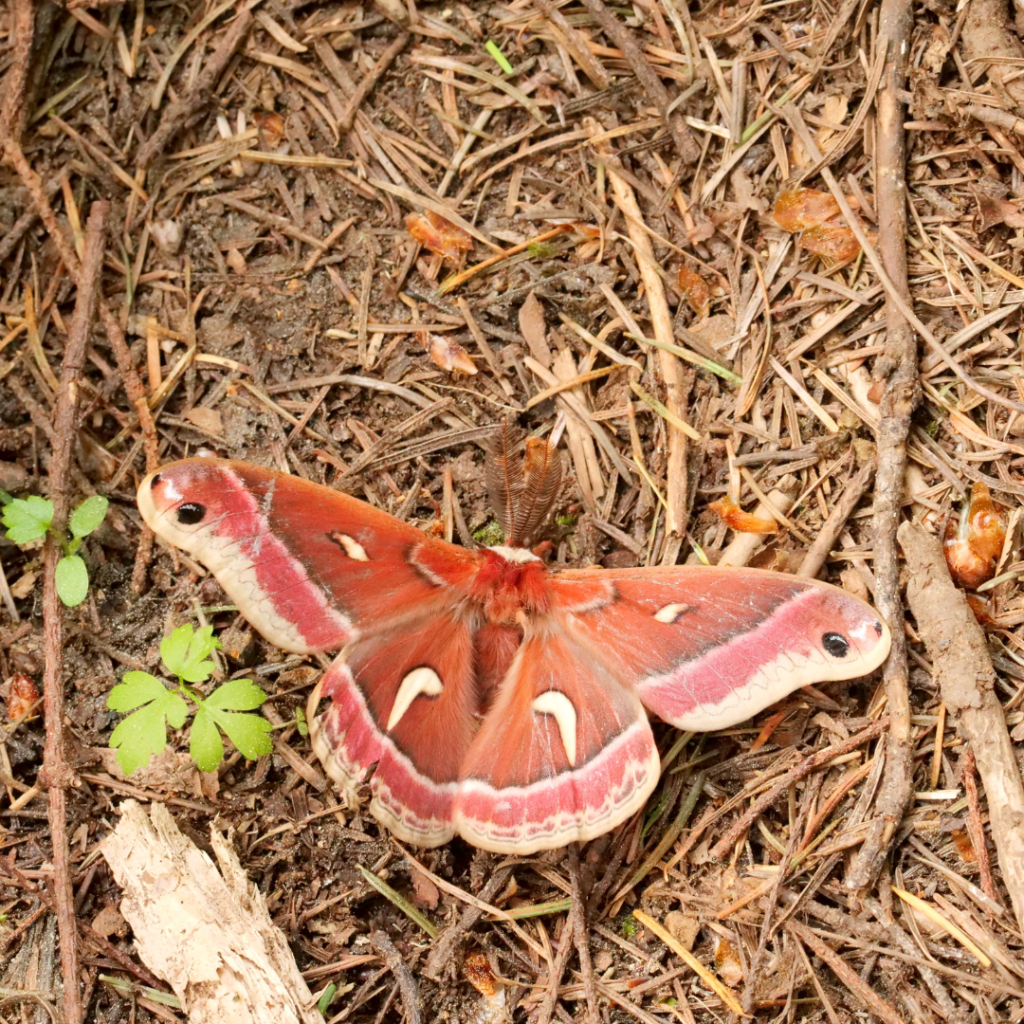
Ceanothus Silk Moth (Hyalophora euryalus)
The Ceanothus Silk Moth is one of the most striking moths in the Clackamas area. With its large size and vibrant colors, it’s a sight to behold. These moths are nocturnal and are primarily found near their host plants, such as ceanothus and manzanita shrubs. Their caterpillars play a role in the food web, serving as prey for birds and other predators.
Polyphemus Moth (Antheraea polyphemus)
Named after the giant Cyclops of Greek mythology due to its large eyespots, the Polyphemus Moth is another native beauty. These moths are large and have a wingspan that can reach up to six inches. The eyespots on their wings serve as a defense mechanism to deter predators. They are important pollinators, helping to fertilize various plants.
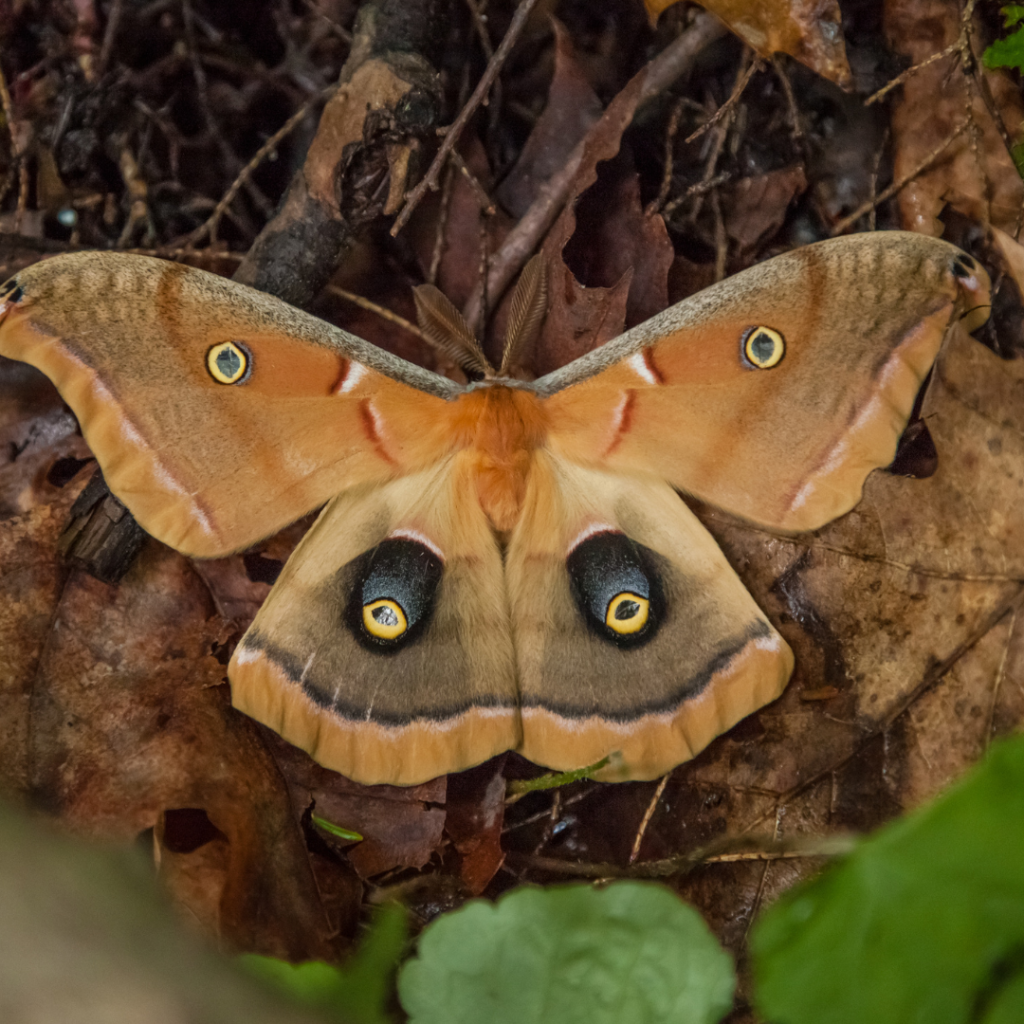
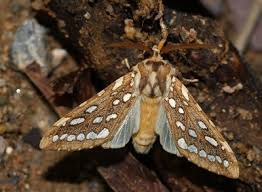
Oregon Silver-Spotted Tiger Moth (Lophocampa argentata)
This moth is easily recognized by its distinctive silver spots on a dark background. The larvae, known as woolly bears, feed on a variety of trees and shrubs, including Douglas fir and hemlock. They are an important food source for birds and other wildlife. Photo: Oregon Department of Forestry
Alfalfa Looper Moth (Autographa californica)
The Alfalfa Looper Moth is a common sight in the Clackamas Watershed. Its larvae, known as loopers, feed on a variety of crops and wild plants. Although sometimes considered a pest in agricultural settings, these moths are an important part of the food web, serving as prey for birds and other predators.
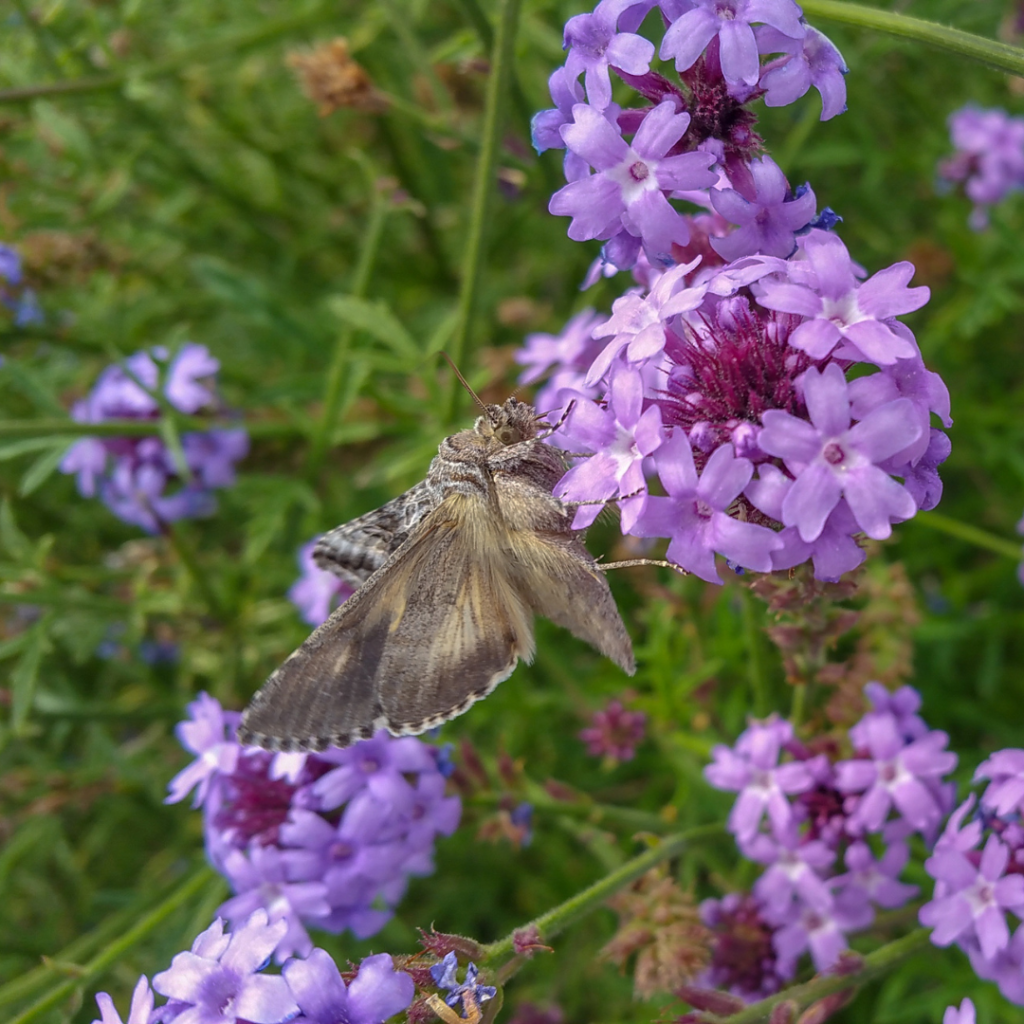
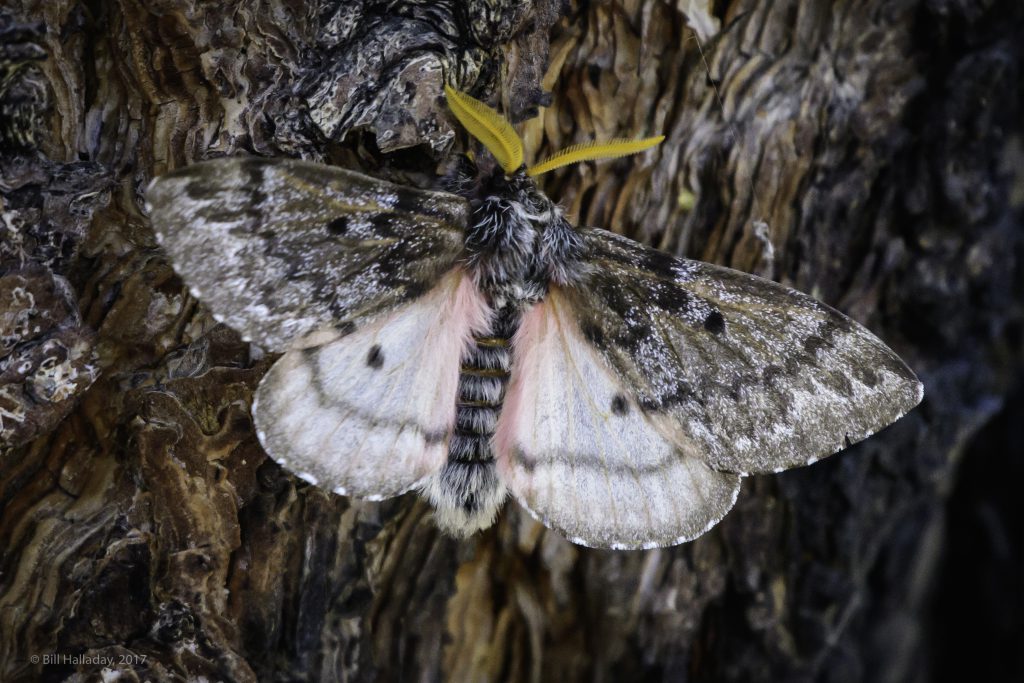
Pandora Moth (Coloradia pandora)
The Pandora Moth is notable for its two-year life cycle, which includes a period when large numbers of larvae can defoliate pine trees. These moths are vital for nutrient cycling in forests as their larvae feed on needles, helping to control tree growth and promote ecological balance. Photo: Butterflies and Moths of North America
Geranium Plume Moth (Amblyptilia pica)
This small, delicate moth has uniquely shaped wings that resemble a plume. The larvae feed on geraniums and other plants, contributing to the diversity of plant-insect interactions in the watershed. The Geranium Plume Moth is a wonderful example of the intricate relationships in our ecosystem. Photo: Rephah Berg Moth Photographers Group
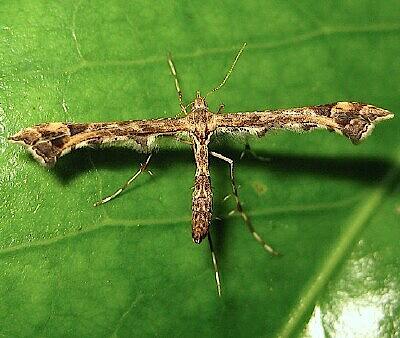
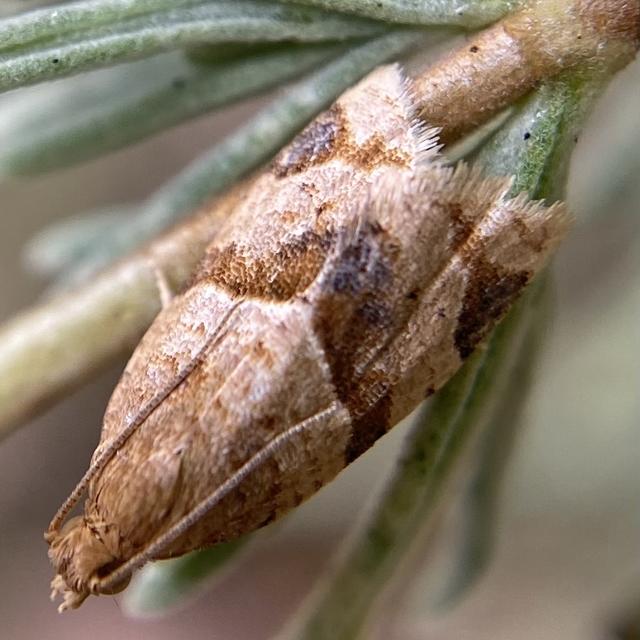
Orange Tortrix Moth (Argyrotaenia franciscana)
The Orange Tortrix Moth is a small moth whose larvae are known to feed on a variety of plants, including berries and grapes. Despite being considered a pest in agricultural settings, these moths are part of the natural biodiversity and play roles in their native habitats. Photo: lumpydave84 Butterflies and Moths of North America
Lupine Ghost Moth (Phymatopis californicus)
The Lupine Ghost Moth is an intriguing species with a spectral appearance due to its pale, almost translucent wings. The larvae feed on the roots of lupine plants and other legumes, which helps regulate plant populations and maintain the health of meadow ecosystems. Photo: Gary McDonald
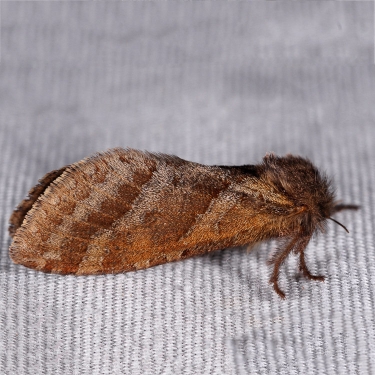
Invasive Moths in the Clackamas Watershed
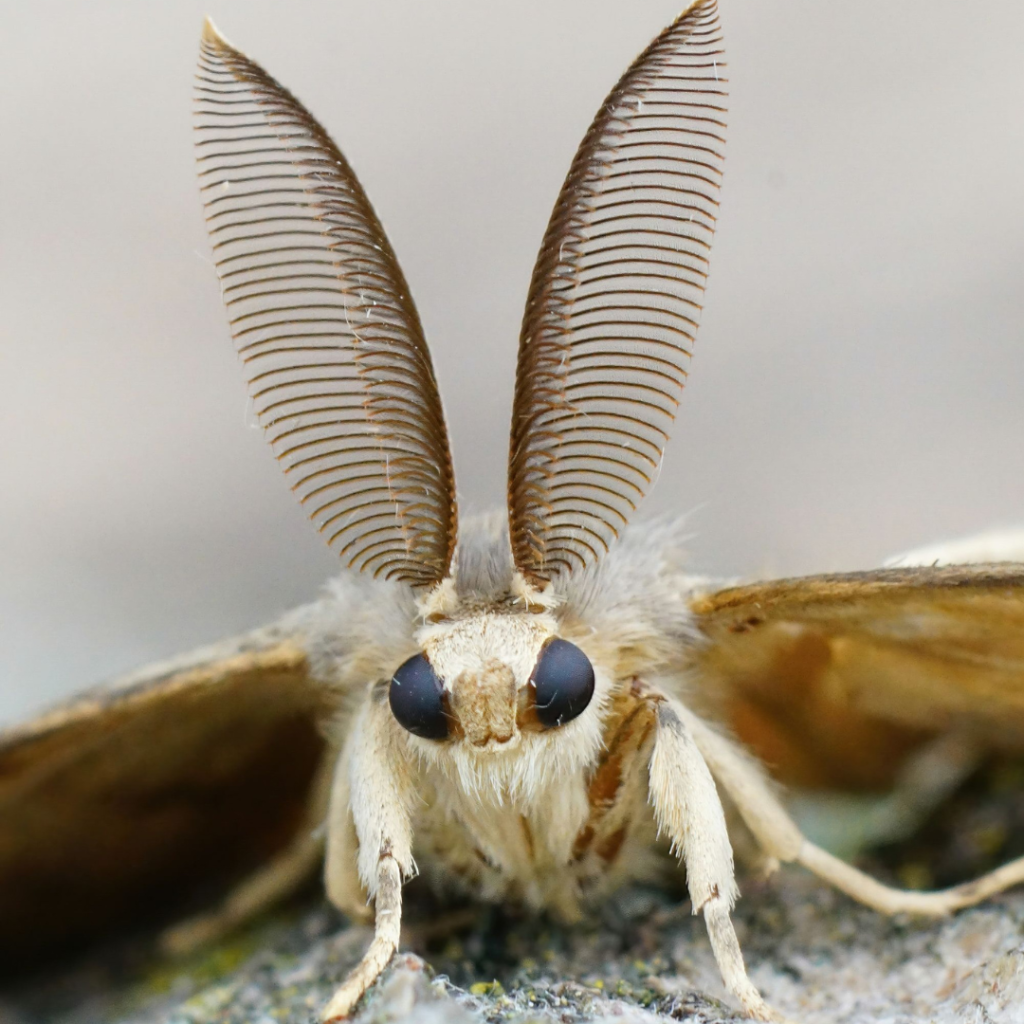
Gypsy Moth (Lymantria dispar)
The Gypsy Moth is an invasive species that poses a significant threat to the forests of the Clackamas Watershed. These moths can defoliate large areas of forest, leading to weakened trees and increased vulnerability to disease and pests. Efforts to control Gypsy Moth populations include monitoring and using targeted pesticides.
Biological Control: The Cinnabar Moth
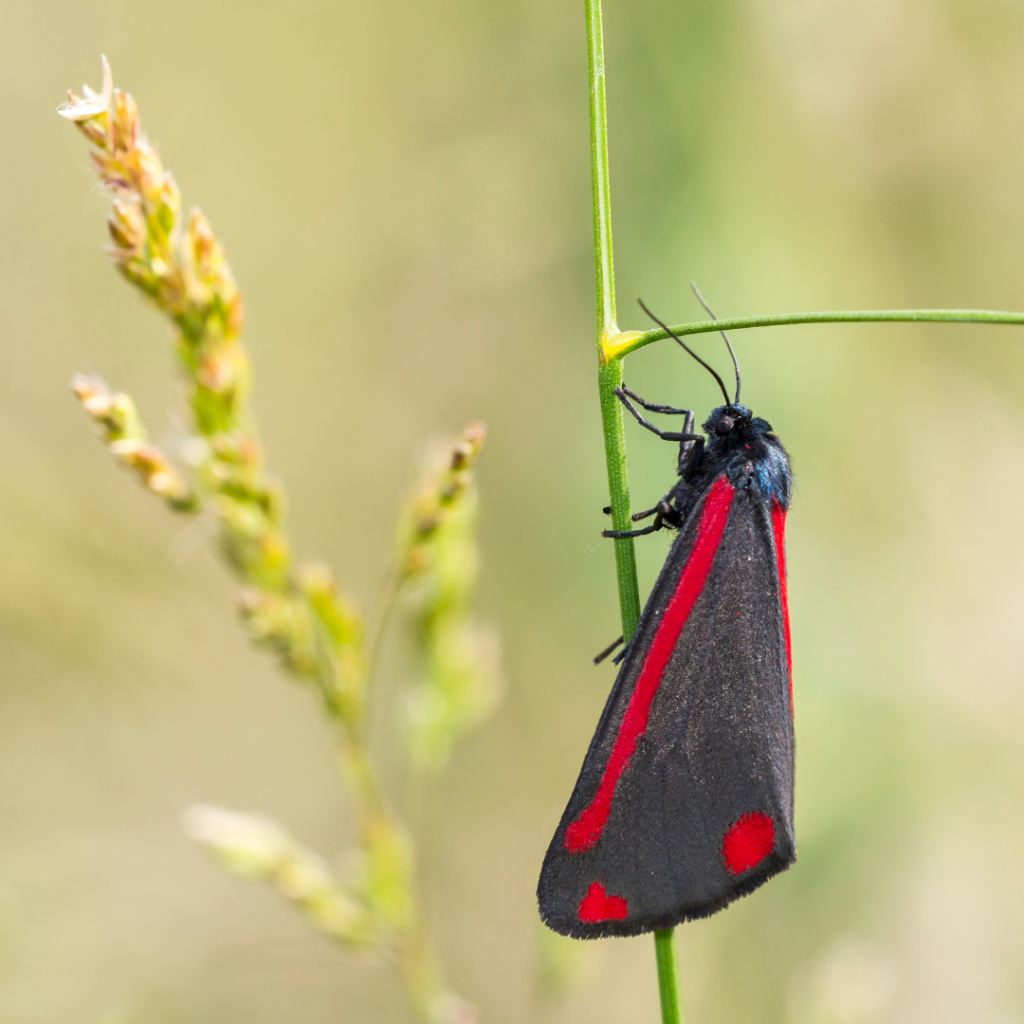
Cinnabar Moth (Tyria jacobaeae)
The Cinnabar Moth was introduced to the Clackamas Watershed as a biological control agent to combat the spread of invasive tansy ragwort. The larvae of the Cinnabar Moth feed on the toxic leaves of the tansy ragwort, reducing its spread and helping to restore balance to the ecosystem. This is an excellent example of how moths can be used in environmentally friendly pest management.
Benefits of Native Moths
- Pollination: Many moth species are important pollinators, especially those that are active at night. They help fertilize a variety of plants, contributing to the health and diversity of our ecosystem.
- Food Source: Moths and their larvae are a crucial food source for many birds, bats, and other wildlife. Their presence supports a healthy food web.
- Biodiversity: Moths contribute to the biodiversity of the Clackamas Watershed. A diverse ecosystem is more resilient and better able to withstand environmental changes and threats.
Myths About Moths
- Moths Are Just Nocturnal Butterflies: While it’s true that many moths are nocturnal, some species are active during the day. Moths and butterflies are closely related but have distinct differences in their behavior and biology.
- All Moths Eat Clothes: Only a few moth species, like the Clothes Moth, feed on fabrics. Most moths feed on nectar, plant matter, or not at all in their adult stage.
- Moths Are Pests: While some moth species can be pests, the majority are harmless and play beneficial roles in the ecosystem. It’s important to differentiate between the few problematic species and the many that contribute positively to the environment.
How You Can Help
- Create Moth-Friendly Habitats: Plant native flowers and shrubs to provide food and shelter for moths. Reducing light pollution by using outdoor lights sparingly can also help nocturnal moths.
- Plant Moth Host Plants: Oregon Sunshine is particulary beneficial and is the host plant for seven moths including the Gernaium Plume Moth, Orange Tortrix Moth, the Lupine Ghost Moth, and three moths without common names: Telethusia ovalis, Phalonidia latipunctata, and Phtheochroa aegrana.
- Support Conservation Efforts: Get involved in local conservation projects to protect the habitats of moths and other wildlife.
- Educate Others: Share your knowledge about the importance of moths with friends and family to help dispel myths and promote appreciation for these incredible insects.
Conclusion
Moths are an integral part of the Clackamas Watershed ecosystem, contributing to pollination, serving as a food source, and enhancing biodiversity. By understanding and appreciating the roles they play, we can foster a greater sense of stewardship for these remarkable insects. Let’s celebrate and protect our native moths, ensuring they continue to thrive in our beautiful watershed.
For more information on local wildlife and how to get involved in conservation efforts, visit the Clackamas River Basin Council website or contact us directly. Together, we can make a difference.
Happy exploring from the Clackamas River Basin Council!